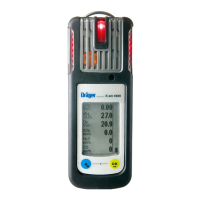
Do you have a question about the Dräger X-am 5600 and is the answer not in the manual?
| Humidity | 10 to 95% RH, non-condensing |
|---|---|
| Protection Class | IP67 |
| Measuring Range | Depends on the sensor |
| Detected Gases | O2, CO, H2S, combustible gases |
| Operating Temperature | -20 °C to +50°C |
| Sensor Technology | Electrochemical, infrared |
| Power Supply | Alkaline or rechargeable NiMH batteries |
| Data Logging | Yes |
| Alarms | Visual, audible, and vibrating alarms |
| Connectivity | Bluetooth (optional) |
| Dimensions | 48 mm x 130 mm x 44 mm (W x H x D) |
| Weight | approx. 220 g |
Refer to "Notes on Approval", "Marking", Page 279.
Use in Zones 0, 1, 2 or mines; temperature range -20°C to +50°C.
Identifies the parts of the Dräger X-am 5600 instrument.
Explains specific labels and symbols on the display.
Lists and explains various symbols used in the manual.
Procedure to turn on the device and initial self-test.
Procedure to turn off the device.
Explains visual, audible, and vibration alarm patterns.
Details of the first alarm level and its acknowledgment.
Details of the main alarm level and its acknowledgment.
Details for ABT 0100 battery holder.
Details for NiMH power packs.
Lists acceptable test gas concentrations for various sensors.
Specifies calibration frequency for different sensor types.
Disposal information according to EU directive.
Disposal of batteries according to EU directive.
Operating and storage temperature, humidity, pressure ranges.
IP rating of the instrument.
Battery life for different power sources.
Electromagnetic compatibility compliance.
Lists relevant certifications and directives.
Principle of operation for each sensor type.
The operational range for each sensor.
Time required for sensors to become operational.
How specific substances affect sensor performance.
Accuracy deviation over the measuring range.
Applicable standards for sensor performance.
How other gases might interfere with sensor readings.
Operating principle of CO, IR Ex, and IR CO2 sensors.
Operational range for CO, IR Ex, and IR CO2 sensors.
Time for IR Ex and IR CO2 sensors to become operational.
Impact of interfering substances on sensor readings.
Accuracy deviation for CO, IR Ex, and IR CO2 sensors.
Applicable standards for these sensor types.
Interference from other gases on sensor readings.
Details of the product marking and certifications.
Temperature class and compatibility for ABT 0100.
Temperature class for HBT 0000.
Temperature class for HBT 0100.
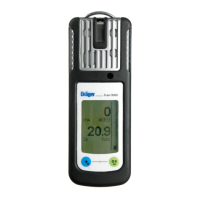
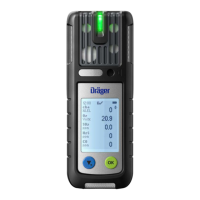

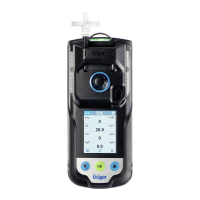
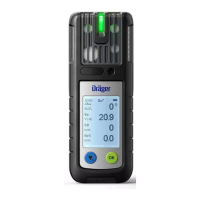
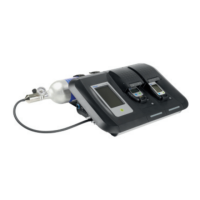
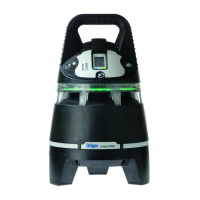
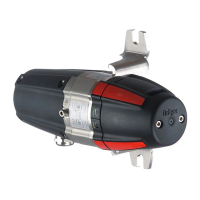
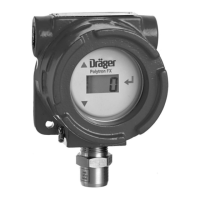
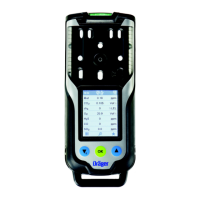
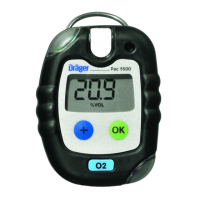

